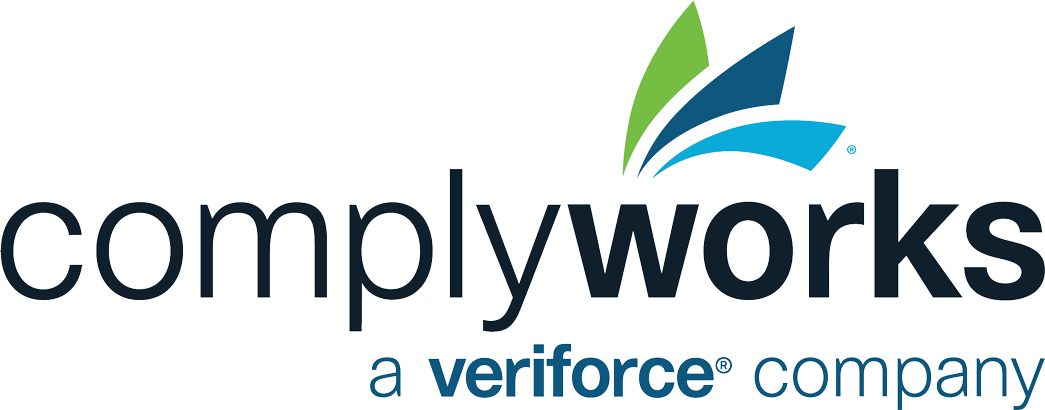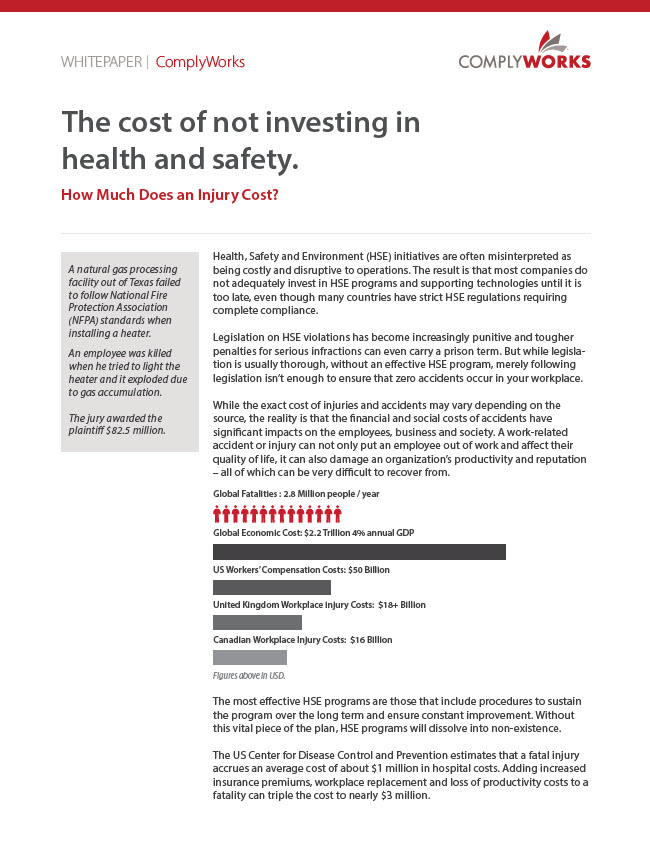
As the saying goes, there is safety in numbers—and when it comes to your company’s health, safety and environmental (HSE) strategy, that couldn’t be truer.
Why get employees actively engaged with your safety strategy?
The easy answer is that workplace injuries cost time, resources and money—all of which you would prefer to save. But beyond that, a strong safety culture and commitment to employee health will give your company a reputation as a better place to work. Take action to keep your employees safe, and you will experience less injury cases and as a result, improved staff morale. Here are three ways you can follow suit and engage your employees:1) Integrate safety into staff orientations
Your employee onboarding program says a lot about your organization’s commitment to safety. In the first few days of work, have employees dedicate time to reading your company’s health and safety program, familiarize themselves with job-specific safety information (such as Canada’s WHMIS or OSHA’s HazCom in the U.S.) and spend time with their supervisor to review work-related hazards.2) Give employees easy access to HSE information
Providing staff with easy access to safety information isn’t only a great way to prevent injuries, but it is also mandatory in countries like the U.S. and Canada. According to OSHA, employers are required to give workers easy access to Safety Data Sheets (SDS), injury and illness data and the results of environmental exposure monitoring. Consider providing access to other information like equipment safety recommendations, inspection reports, job hazard analyses and incident reports.3) Develop your HSE program with employee input
Including employees in the design and implementation process of a safety strategy will give you insight into workplace hazards in every area of your business. In addition, involving employees gives them a sense of ownership over the initiative, enhancing their interest and understanding. Encourage employees to participate in reporting potential hazards, defining safe practices, conducting inspections and training new hires.Most organizations do not adequately invest in HSE programs and supporting technologies until an injury has occurred. But just how much does an injury cost? Read the white paper to find out.







